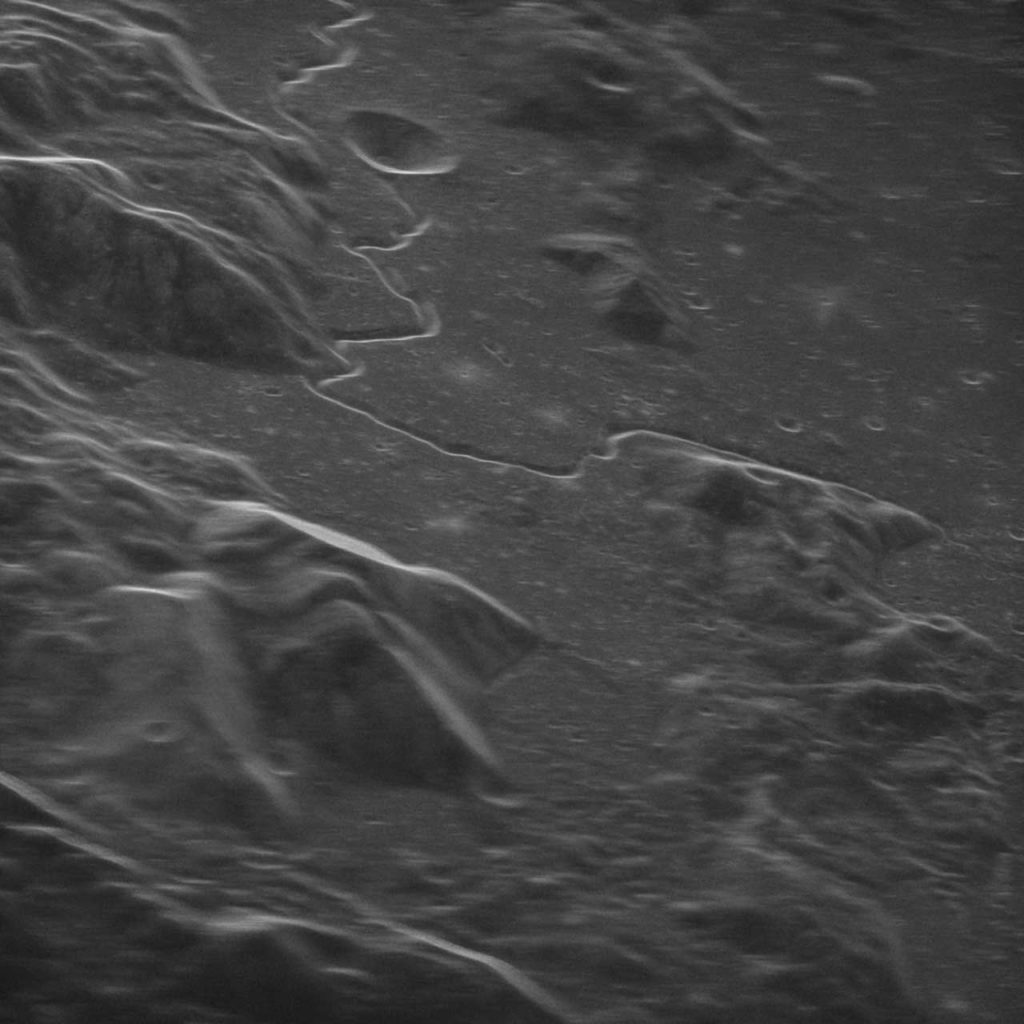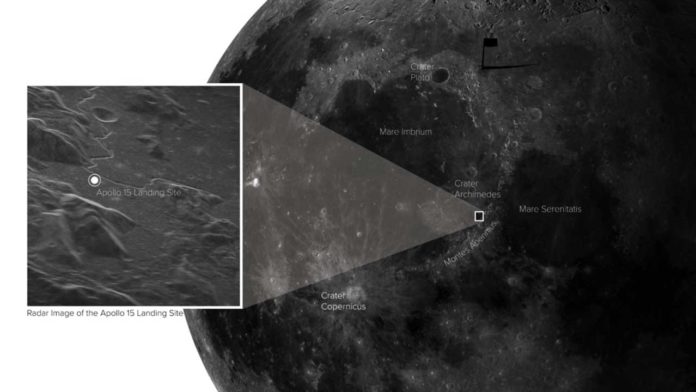National Science Foundation’s Green Bank Observatory (GBO) ‘s Green Bank Telescope (GBT) in West Virginia is the world’s largest fully steerable radio telescope. It consists of a transmitter that allows it to transmit a radar signal into space. This proof-of-concept test hopes to design a more powerful transmitter for the telescope to enable enhanced detection and imaging of small objects.
Tony Beasley, director of the National Radio Astronomy Observatory and vice president for Radio Astronomy at Associated Universities, Inc. (AUI), said, “This project opens a whole new range of capabilities for both NRAO and GBO. We’ve participated before in important radar studies of the Solar System, but turning the GBT into a steerable planetary radar transmitter will greatly expand our ability to pursue intriguing new lines of research.”
GBT-VLBA captured Hadley Rille- near the landing site of the Apollo 15 mission. Hadley Rille is a volcanic channel 116 kilometers long, 1000 meters wide, and 400 meters deep.

The proof-of-concept test was conducted in November to prove that a new radio telescope system can capture high-resolution images in near-Earth space.
Using the information collected with this latest test, the participants will finalize a plan to develop a 500-kilowatt, high-power radar system that can image objects in the Solar System with unprecedented detail and sensitivity. The increased performance will also allow astronomers to use radar signals as far away as Uranus and Neptune’s orbits, increasing our understanding of the Solar System.
